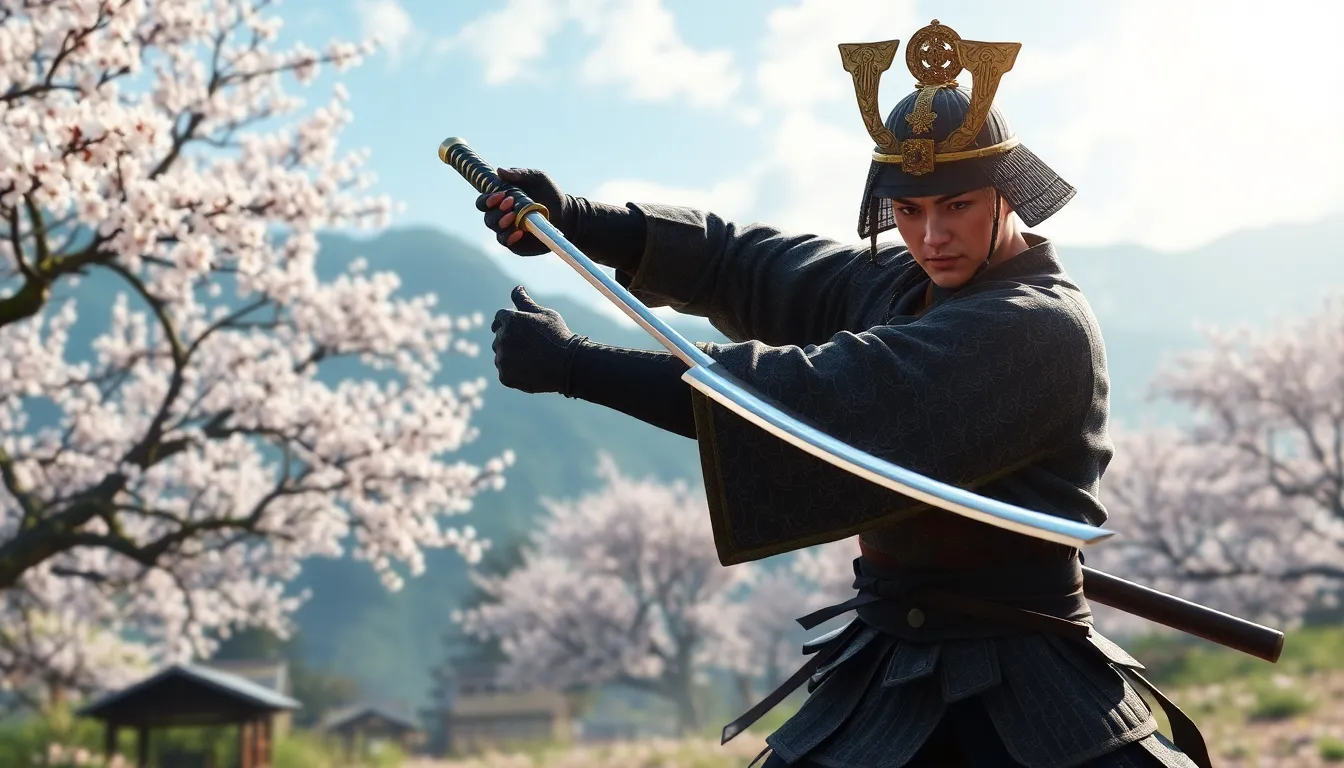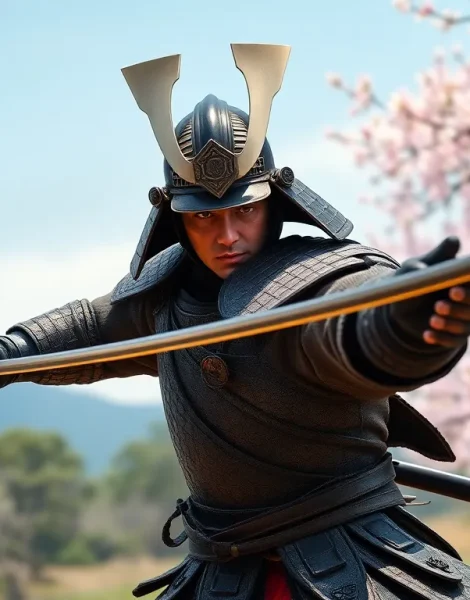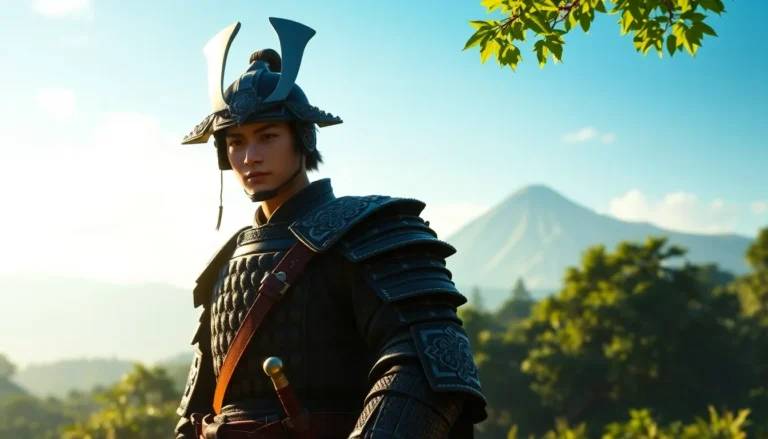In the breathtaking world of Ghost of Tsushima, mastering the art of combat isn’t just a suggestion—it’s a necessity. With an array of stances at their disposal, players can transform from a mere samurai into a legendary warrior. Each stance offers unique advantages, turning every battle into a strategic dance of blades. Who knew slicing and dicing could be so sophisticated?
Table of Contents
ToggleOverview of Ghost of Tsushima Stances
Ghost of Tsushima features various stances, each designed to counter specific enemy types. Players encounter four main stances: Stone, Water, Wind, and Moon. Each stance provides distinct advantages that enhance combat effectiveness.
Stone Stance excels against swordsmen, allowing swift and powerful strikes. With this stance, players can break through an enemy’s guard effectively. Water Stance thrives in fluidity, offering mobility and defensive capabilities. This stance works best against shielded opponents, enabling quick evasion and counterattacks.
Wind Stance targets large enemies, particularly brutes. It enables players to perform sweeping attacks, making it easier to tackle multiple foes. Players find Moon Stance beneficial against groups of enemies, as it offers devastating area-of-effect attacks. Each stance allows for a strategic approach, enabling players to adapt to combat situations dynamically.
Mastering these stances requires practice and understanding of enemy behaviors. Players should switch stances based on the enemies they face to gain the upper hand. Adapting during battles turns encounters into a tactical experience rather than mere button mashing. By utilizing the correct stance, players can exploit weaknesses, refine techniques, and improve their overall combat efficiency.
Ultimately, the effectiveness of stances in Ghost of Tsushima emphasizes the significance of strategic planning in its intricate combat system. Each stance remains vital to ensuring survival in the diverse challenges within the game.
The Four Main Stances

Mastering the four main stances in Ghost of Tsushima transforms combat into a strategic endeavor. Each stance counters specific enemy types, enabling players to tailor their approach in various battles.
Samurais’ Stance
The Samurais’ Stance serves as an introduction to the combat system. Designed for straightforward swordplay, this stance emphasizes power and precision. It excels against swordsmen, utilizing strong strikes to break through their defenses. Players benefit from the ability to parry effectively, mitigating damage while responding with decisive attacks. Mastering this stance is crucial for beginners, as it lays the groundwork for understanding enemy movements and timing.
Warlords’ Stance
The Warlords’ Stance counters heavily armored foes effectively. It provides sweeping attacks that deal significant damage, making quick work of formidable opponents. This stance requires players to maintain distance and strike at opportune moments, capitalizing on openings in their enemy’s defenses. Combining agility and power, it emphasizes both offensive maneuvers and defensive awareness. Players skilled in this stance often dominate battles against larger enemies, ensuring they control the flow of the fight.
Ghost’s Stance
The Ghost’s Stance embodies the stealthy approach of a true warrior. It focuses on agility and deception, allowing players to execute swift, silent takedowns. This stance is especially effective against unaware enemies, making it ideal for ambushes. Players gain the advantage of evading direct confrontation while remaining lethal. Mastering the Ghost’s Stance encourages creative strategies, enabling players to navigate challenging scenarios without attracting attention.
Water Stance
The Water Stance enhances mobility and defensive capabilities, particularly against shielded opponents. It allows players to evade attacks while launching quick counterstrikes. Relying on fluid movements, this stance transforms defensive actions into aggressive maneuvers. Players skilled in the Water Stance can disrupt the rhythm of their enemies, leveraging speed to open up vulnerabilities. Emphasizing adaptability, this stance is invaluable for overcoming foes who rely on heavy weaponry and protection.
How to Master Each Stance
Mastering stances in Ghost of Tsushima enhances combat effectiveness significantly. Understanding the nuances of each stance breeds strategic advantages in battle.
Tips for Effective Use
Familiarizing oneself with stance strengths and weaknesses aids in combat. Practicing different combos boosts flexibility during encounters. Observing enemy patterns helps identify the ideal stance quickly. Timing attacks while transitioning between stances proves vital for maintaining momentum. Staying alert to surroundings ensures effective counterattacks against multiple foes. Players should regularly experiment with different tactics to discover unique fighting styles.
Combat Scenarios for Each Stance
Engaging swordsmen requires using Stone Stance to deliver strong strikes. Water Stance excels against shielded opponents, allowing players to evade while retaliating. They can utilize Wind Stance to tackle large enemies through sweeping moves. Executing Moon Stance proves advantageous when facing groups, delivering powerful area attacks. The Samurai’s Stance benefits those focused on precision against individual foes. Heavily armored enemies require the Warlords’ Stance for effective distance battling. Stealth-focused players can leverage the Ghost’s Stance for silent takedowns, providing a tactical edge.
Impact on Gameplay
Mastering stances significantly influences gameplay in Ghost of Tsushima. Players can strategically approach encounters, maximizing their combat effectiveness.
Strategy and Adaptation
Adapting strategy based on enemy types is crucial. Each stance offers advantages against specific foes, leading to more tactical gameplay. For example, using Wind Stance against large enemies ensures effective sweeping attacks. Transitioning between stances during combat allows for dynamic responses to different threats. Observing enemy behavior is essential for identifying the optimal stance. Recognizing patterns leads to more proactive strategies, enhancing overall combat proficiency. Prioritizing practice with each stance reinforces player confidence and efficiency during battles.
Enhancing Your Experience
Engaging with diverse stances enriches player experience. Exploring each stance’s capabilities encourages experimentation with unique fighting styles. Players uncover new combos when they challenge themselves to master weapon techniques. Emphasis on timing interactions enhances fluid combat sequences, transforming encounters into immersive experiences. Practicing effective counterattacks boosts reactions against multiple enemies. Staying aware of the environment increases advantages during engagements. Scenarios filled with varying opponent types provide opportunities for tactical variety and inventive gameplay strategies.
Mastering the various stances in Ghost of Tsushima is essential for any player looking to enhance their combat experience. Each stance offers unique advantages that cater to different enemy types, making strategic planning a key component of success.
By understanding and adapting to the strengths and weaknesses of each stance, players can navigate battles with greater confidence and efficiency. The dynamic nature of combat encourages experimentation and creativity, allowing for personalized fighting styles that resonate with individual players.
Ultimately, embracing the intricacies of the stance system enriches the overall gameplay, transforming each encounter into a tactical challenge that rewards skill and adaptability.









